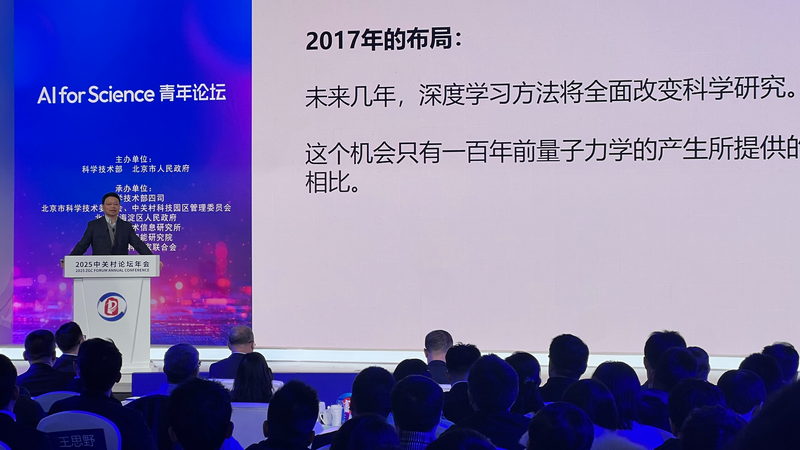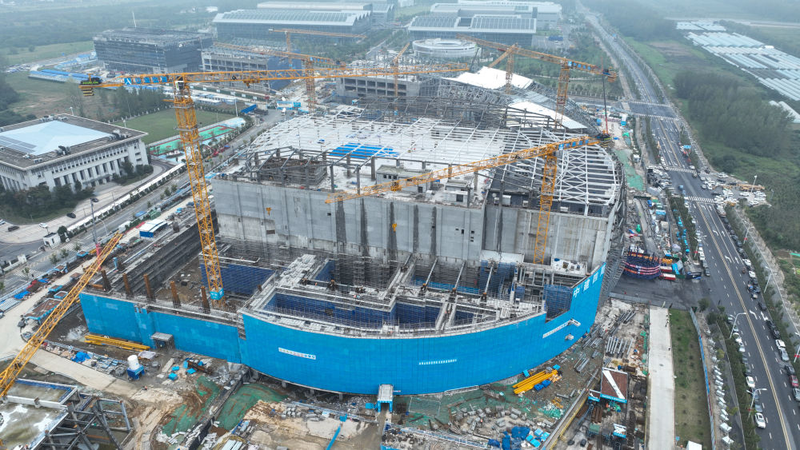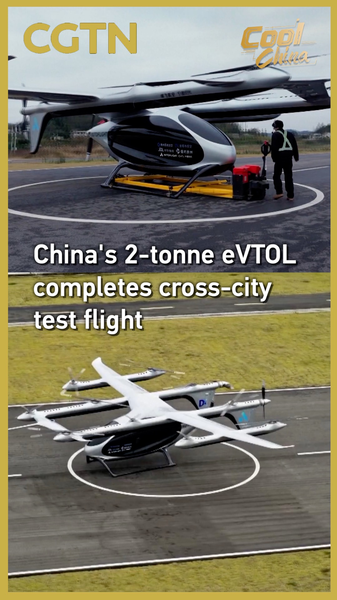At the 2025 Zhongguancun Forum, over 1,000 speakers from more than 100 countries gathered to discuss how AI is reshaping research tools while the spirit of scientific discovery remains inherently human.
In a dynamic keynote address, E Weinan—a member of the Chinese Academy of Sciences and dual-appointed professor at Peking University and Princeton University—captured the challenge by stating, "We still don't have a proper large language model for science." He urged the scientific community to fully integrate data, computing power, and talent to unlock the next wave of innovation.
Experts such as Zhou Bowen, director of the Shanghai Artificial Intelligence Laboratory, emphasized that although current large language models are revolutionizing research methods, a true scientific breakthrough will require systemic, end-to-end enhancements. This debate reflects a broader consensus: while technological tools are evolving rapidly, a holistic approach is essential for a transformative impact on research.
Adding to the momentum, Zhang Linfeng, founder and chief scientist of DP Technology, introduced a groundbreaking platform for automated cross-disciplinary experiments. Headquartered in Beijing on the Chinese mainland, DP Technology is pioneering the AI for Science revolution through innovative platforms like the Bohrium Scientific Computing Space Station and the Science Navigator AI platform. These developments aim to accelerate breakthroughs in drug discovery, materials science, and energy technologies by bridging fundamental research with industrial applications.
Complementing the discussions, the latest edition of the AI for Science Innovation Map from the China Institute of Science and Technology Information (CISTI) showcased China’s extensive scientific data resources and its progress with 20 national scientific data centers. The report also highlighted challenges such as high data acquisition costs and inconsistent data formats, underscoring the need for enhanced AI readiness.
Interestingly, the study revealed that China and the U.S. lead global collaborations in co-authored publications and citations within AI for Science. Experts recommend that further research collaboration in life sciences, earth sciences, and materials science could pave the way for even greater advancements.
This convergence of ideas and technologies at the forum not only highlights the rapid evolution of AI tools but also signals a broader shift toward a redefined research ecosystem. As the dialogue continues, the promise of AI for Science is set to revolutionize R&D capabilities and push the boundaries of what is scientifically possible.
Reference(s):
AI for Science: Bridging the gap between tools and systemic innovation
cgtn.com




